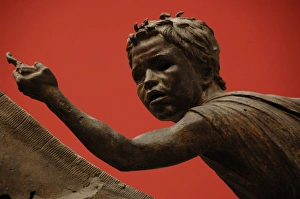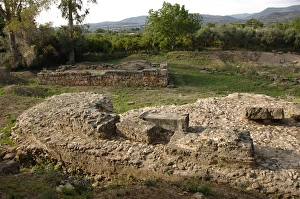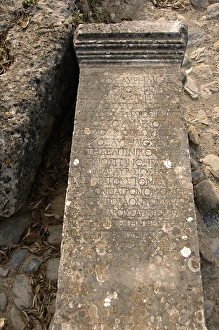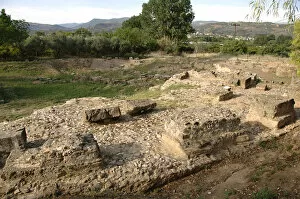Artemision Collection
"The Jockey of Artemision: A Masterpiece of Greek Art" The Jockey of a renowned sculpture from the Classical period of Greek art
All Professionally Made to Order for Quick Shipping
"The Jockey of Artemision: A Masterpiece of Greek Art" The Jockey of a renowned sculpture from the Classical period of Greek art. Created during the Initial Period, this bronze statue depicts a jockey riding a horse with incredible detail and precision. Dating back to the 2nd century BC, this masterpiece was discovered in Greece and has captivated art enthusiasts ever since. The skillful craftsmanship and lifelike portrayal make it an exceptional example of ancient Greek sculpture. In addition to its artistic significance, the Jockey also holds historical importance, and is believed that this statue may have been dedicated to Zeus, as horses were often associated with him in Greek mythology. Another fascinating connection can be found in Ephesus, where the Temple of Diana stood as one of the Eighth Wonders of the World. This temple was depicted by artist Philipp Galle in his series on these wonders, showcasing its grandeur and architectural beauty. Meanwhile, at Sparta's Acropolis lies the ruins known as Artemision. These remnants provide glimpses into ancient Greek civilization and offer insights into their religious practices and cultural heritage. Amongst these ruins stands The Artemision itself - a testament to both Sparta's rich history and its reverence for deities like Poseidon. Just like the Jockey represents Zeus' association with horses, The Poseidon Statue symbolizes Poseidon's dominion over seas and water bodies.










